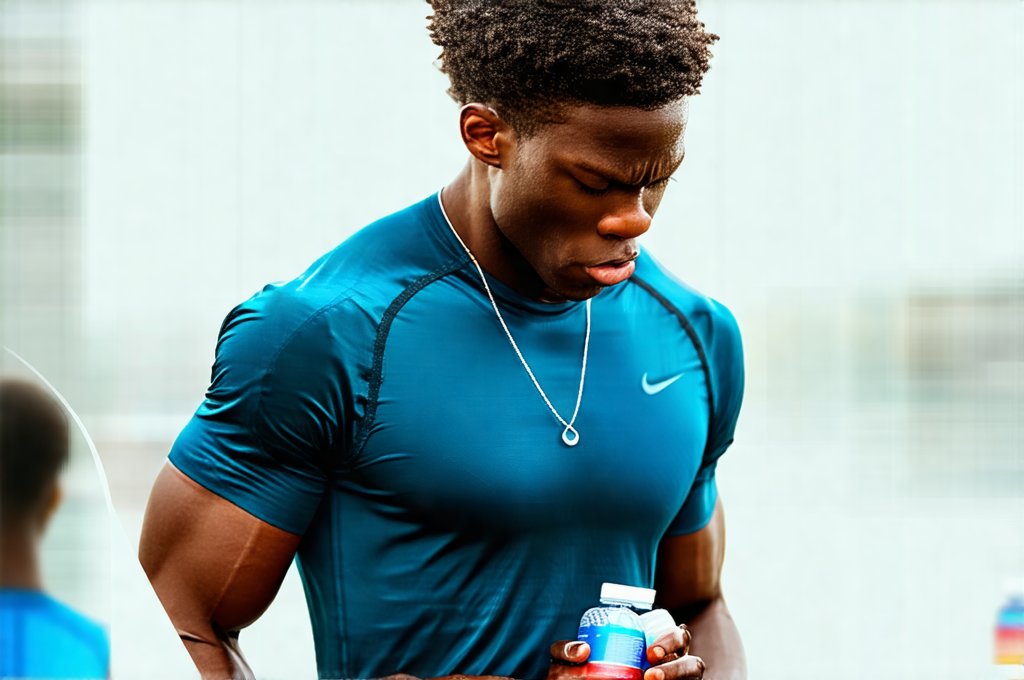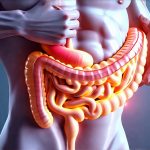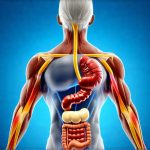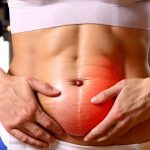Athletes push their bodies to the absolute limit during training and competition, demanding peak performance from every system within them. Often overlooked in the pursuit of strength, endurance, and speed is the crucial role played by proper hydration and electrolyte balance. While the importance of drinking water is widely acknowledged, understanding how dehydration and subsequent mineral loss can lead to debilitating post-workout nausea – a surprisingly common complaint among athletes – isn’t always straightforward. This phenomenon isn’t simply about feeling unwell; it directly impacts recovery, performance potential, and overall health.
Post-workout nausea goes beyond mere discomfort; it signals a disruption in the body’s delicate physiological balance. Intense physical activity causes significant fluid loss through sweat, but it also leads to the depletion of vital electrolytes like sodium, potassium, magnesium, and calcium. These minerals are essential for nerve impulse transmission, muscle contraction, and maintaining proper cellular function. When these electrolytes become imbalanced, it can disrupt gastrointestinal motility – the process that moves food through your digestive system – leading to feelings of nausea, vomiting, bloating, and discomfort. This is further complicated by shifts in blood flow during exercise, potentially impacting digestion, and alterations in hormone levels triggered by physical stress. If you are experiencing frequent nausea, it may be a sign of something deeper– learn how dehydration can contribute to these issues.
The Physiology of Post-Workout Nausea
The link between dehydration, mineral loss, and nausea centers on the interplay between the nervous system, digestive system, and hormonal responses to intense exertion. During prolonged or high-intensity exercise, blood flow is redirected away from non-essential functions like digestion and towards working muscles. This reduction in blood supply can slow down gastric emptying – how quickly food leaves your stomach – increasing the likelihood of discomfort and nausea. Simultaneously, dehydration reduces overall blood volume, potentially lowering blood pressure and further compromising digestive function. Electrolyte imbalances exacerbate these issues, disrupting nerve signals that regulate gut motility and triggering a cascade of physiological responses leading to nausea. For example, low sodium levels can impair nerve transmission and cause dizziness, which often precedes nausea.
Furthermore, the stress hormone cortisol is released during exercise. While necessary for mobilizing energy stores, elevated cortisol levels can also contribute to digestive upset by increasing stomach acid production and slowing down digestion. This combination of reduced blood flow, hormonal fluctuations, and electrolyte imbalances creates a perfect storm for post-workout nausea. It’s important to remember that the severity of these effects varies depending on factors like exercise intensity, duration, environmental conditions (heat and humidity), individual hydration status prior to exercise, and pre-existing health conditions. Understanding how gut health can impact your overall wellbeing is also important.
Understanding Electrolyte Roles & Imbalances
Electrolytes aren’t just “minerals”; they are crucial components in maintaining homeostasis – the body’s ability to maintain a stable internal environment. Each electrolyte plays a unique role:
– Sodium: Regulates fluid balance, nerve impulse transmission, and muscle contraction. Low sodium (hyponatremia) can cause nausea, headache, confusion, and even seizures.
– Potassium: Essential for nerve function, muscle contractions (including the heart!), and maintaining healthy blood pressure. Potassium deficiency (hypokalemia) can lead to weakness, fatigue, muscle cramps, and digestive issues.
– Magnesium: Involved in over 300 enzymatic reactions, including energy production, muscle function, and nerve transmission. Magnesium deficiency (hypomagnesemia) is linked to nausea, vomiting, muscle cramps, and irregular heartbeat.
– Calcium: Crucial for bone health, muscle contraction, nerve function, and blood clotting. While less commonly associated with acute post-exercise nausea, significant calcium depletion can contribute to overall electrolyte imbalance.
The loss of these electrolytes through sweat isn’t always proportional; individuals lose different amounts depending on their sweat rate, genetics, and acclimatization to heat. Replenishing lost electrolytes is therefore vital for preventing nausea and supporting optimal recovery. Simply drinking water after exercise isn’t enough—athletes need to focus on consuming electrolyte-rich beverages or foods. Sometimes, small portions can also contribute to digestive issues.
The Role of Gastric Emptying & Blood Flow
As previously mentioned, blood flow redirection during intense exercise plays a significant role in post-workout nausea. When muscles are working hard, the cardiovascular system prioritizes delivering oxygen and nutrients to those muscles, often at the expense of other systems. This means less blood reaches the digestive tract, slowing down gastric emptying. A full stomach combined with reduced digestive capacity creates a breeding ground for discomfort and nausea. The rate of gastric emptying is also influenced by the type of food consumed before and during exercise; high-fat or fiber-rich foods take longer to digest, increasing the risk of nausea.
Furthermore, visceral sensitivity – how sensitive your gut is to stimuli – can influence susceptibility to nausea. Some athletes have a naturally higher visceral sensitivity, making them more prone to digestive upset even with mild dehydration or electrolyte imbalances. This highlights the importance of personalized hydration and nutrition strategies based on individual tolerance levels and physiological needs. It’s also important to consider functional nausea as a potential underlying factor, especially in younger athletes.
Preventing Nausea: Hydration & Nutrition Strategies
Preventing post-workout nausea requires a proactive approach that focuses on adequate hydration before, during, and after exercise, as well as strategic nutritional choices.
1. Pre-hydration: Start exercising well-hydrated by drinking sufficient fluids in the hours leading up to your workout. Aim for pale yellow urine as an indicator of good hydration status.
2. Hydration during exercise: Drink regularly throughout your workout, even if you don’t feel thirsty. The amount needed will vary depending on the intensity and duration of exercise, as well as environmental conditions. Consider electrolyte-rich sports drinks for longer or more intense workouts.
3. Post-exercise rehydration & refueling: Replenish fluids and electrolytes lost during exercise by consuming water, electrolyte beverages, or foods rich in sodium, potassium, magnesium, and calcium within 2 hours of finishing your workout. Good options include bananas (potassium), coconut water (electrolytes), yogurt (calcium & electrolytes), and salty snacks.
4. Dietary considerations: Avoid heavy meals or high-fat foods before exercise. Opt for easily digestible carbohydrates to provide energy without putting excessive strain on the digestive system. Consider smaller, more frequent meals throughout the day to maintain stable blood sugar levels and support consistent digestion. Maintaining a healthy microbiome can also play a role; microbiome diversity impacts many aspects of health.
Ultimately, post-workout nausea is a complex issue with multiple contributing factors. By understanding the physiological mechanisms involved – dehydration, electrolyte imbalances, altered blood flow, and hormonal shifts – athletes can implement effective strategies to prevent it and optimize their recovery. A personalized approach that considers individual hydration needs, dietary habits, and exercise intensity is key to minimizing discomfort and maximizing performance potential. Additionally, poor gut health can exacerbate these symptoms. Finally, a disrupted microbiome can also play a significant role in overall digestive health and recovery.


















